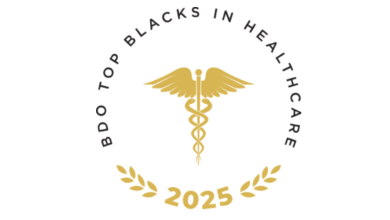Tips for Black Americans: Nurturing Vitality and Well-Being


In our fast-paced world, the concept of vitality has taken on a new significance, encompassing various aspects of well-being that go beyond physical health.
What is vitality & why is it important?
Vitality is a state of being characterized by a sense of energy, enthusiasm, and resilience. It goes beyond mere physical health to encompass mental, emotional, and social well-being. Vitality is about feeling alive, engaged, and purposeful in your life, regardless of external circumstances.
Vitality is important to your health because it reflects your overall well-being. When you have high vitality, you’re more likely to experience:
- Better Physical Health: High vitality often correlates with better physical health. When you feel energetic and alive, you’re more likely to engage in physical activities, maintain a healthy diet, and take care of your body.
- Improved Mental Health: Vitality is closely linked to mental health. Feeling vital can boost your mood, increase your resilience to stress, and improve your overall mental well-being.
- Enhanced Emotional Well-being: Vitality can lead to a greater sense of happiness and contentment. When you feel vital, you’re more likely to experience positive emotions and have a more optimistic outlook on life.
- Increased Resilience: Vitality is associated with resilience, the ability to bounce back from challenges and setbacks. When you’re vital, you’re better equipped to handle stress and adversity.
- Better Quality of Life: Overall, high vitality contributes to a better quality of life. You’re more likely to enjoy life, pursue your passions, and engage in meaningful activities when you feel vital.
The Cigna Group’s second annual Vitality in America report delves into the intricate web of factors that contribute to vitality, shedding light on its relationship with emotional health, stress, and the ability to navigate daily life.
One of the most intriguing findings of this year’s study is the variation in vitality across different demographic groups. Contrary to popular assumptions, the report indicates that Black Americans exhibit higher levels of vitality compared to their White and Hispanic counterparts. What’s particularly noteworthy is that this higher vitality among Black Americans is not primarily driven by economic factors but by strong family and community support.
Another interesting insight is the age distribution among high vitality Black and Hispanic adults, with a significant proportion falling into the 18 to 34-year-old category. This demographic trend suggests that younger generations within these communities are leading the way in terms of vitality, possibly due to evolving attitudes and lifestyles.
However, the report also uncovers concerning patterns regarding mental health and health engagement among Black American adults. It indicates that low vitality Black adults are more likely to experience clinical depression and anxiety compared to their high vitality counterparts.
Moreover, a significant disparity exists in terms of access to healthcare, with low vitality Black adults being less likely to have a primary care physician they trust and to have regular check-ups.
These findings underscore the need for targeted interventions to improve mental health support and healthcare access within Black communities, addressing the underlying factors that contribute to these disparities.
By understanding the nuances of vitality and its determinants, we can work towards creating a




